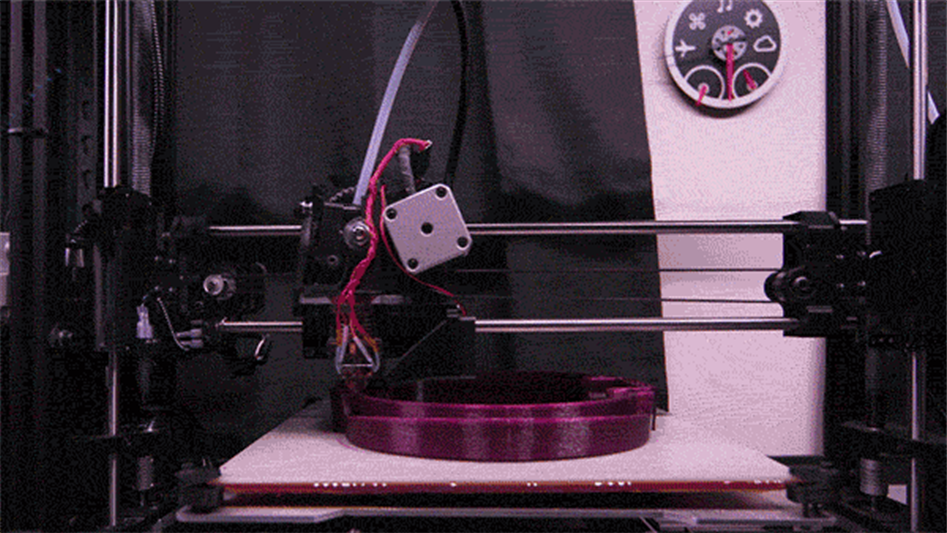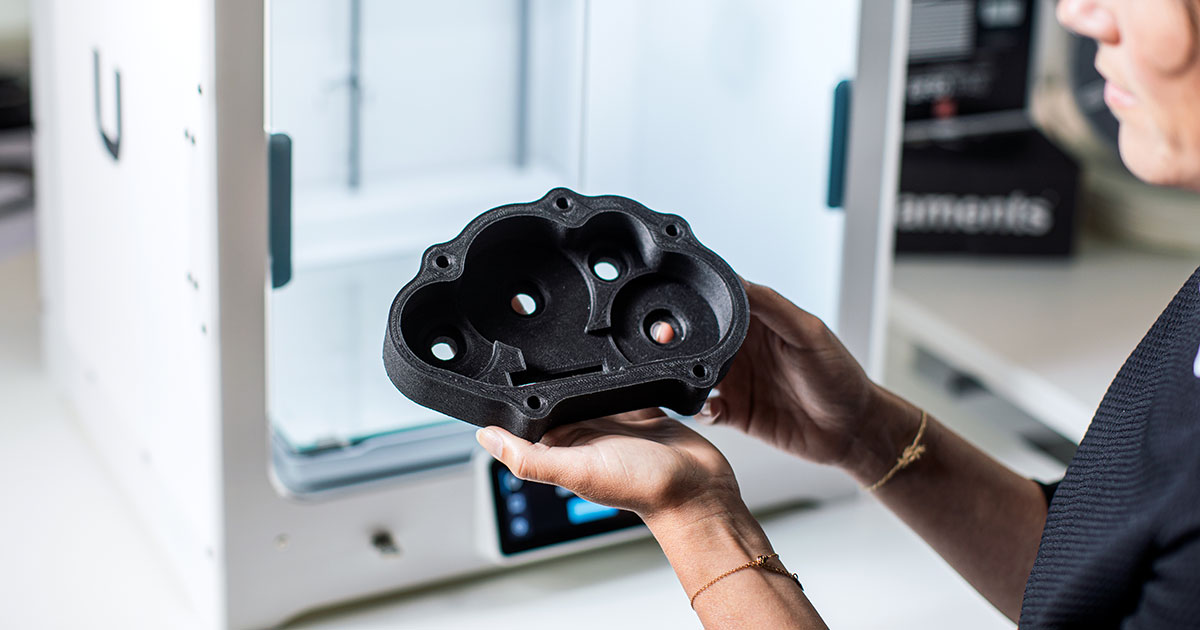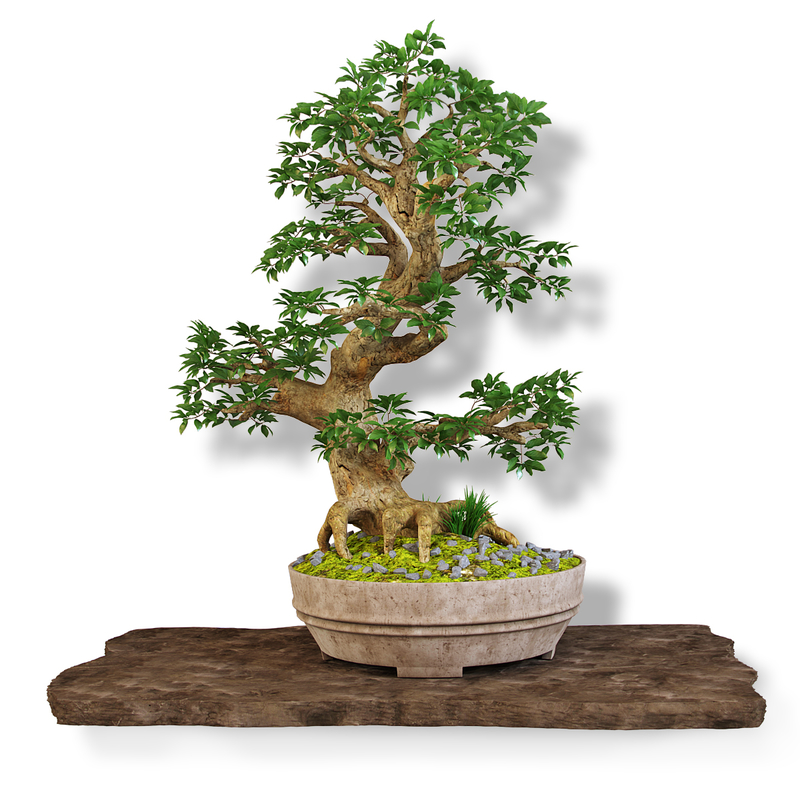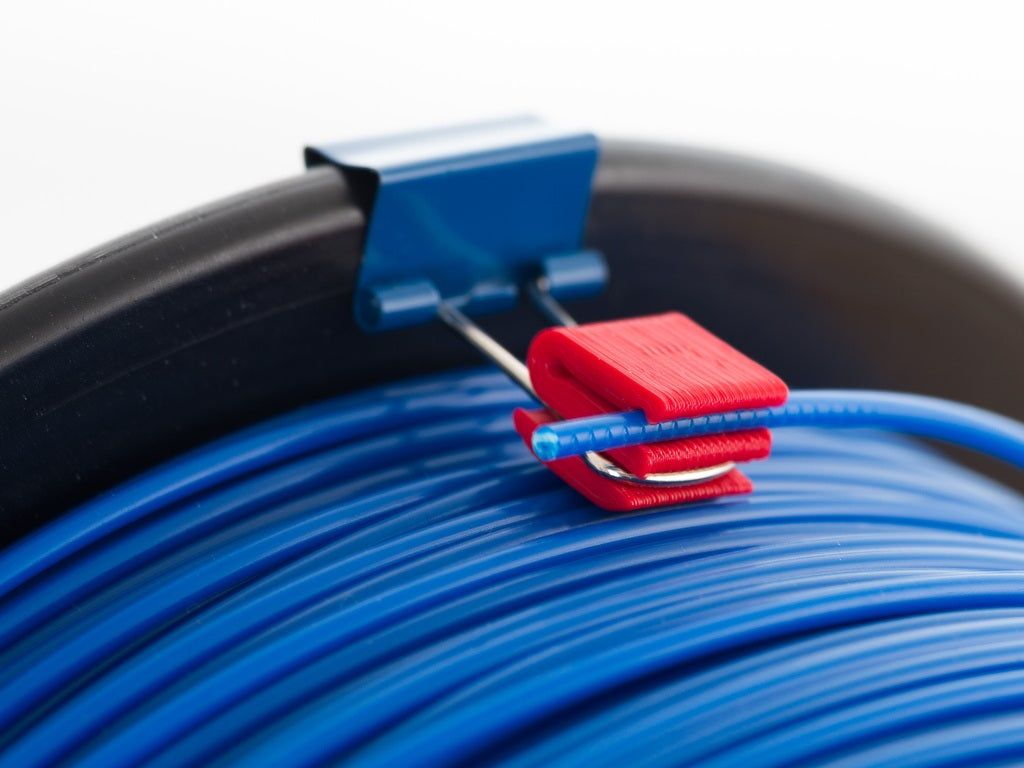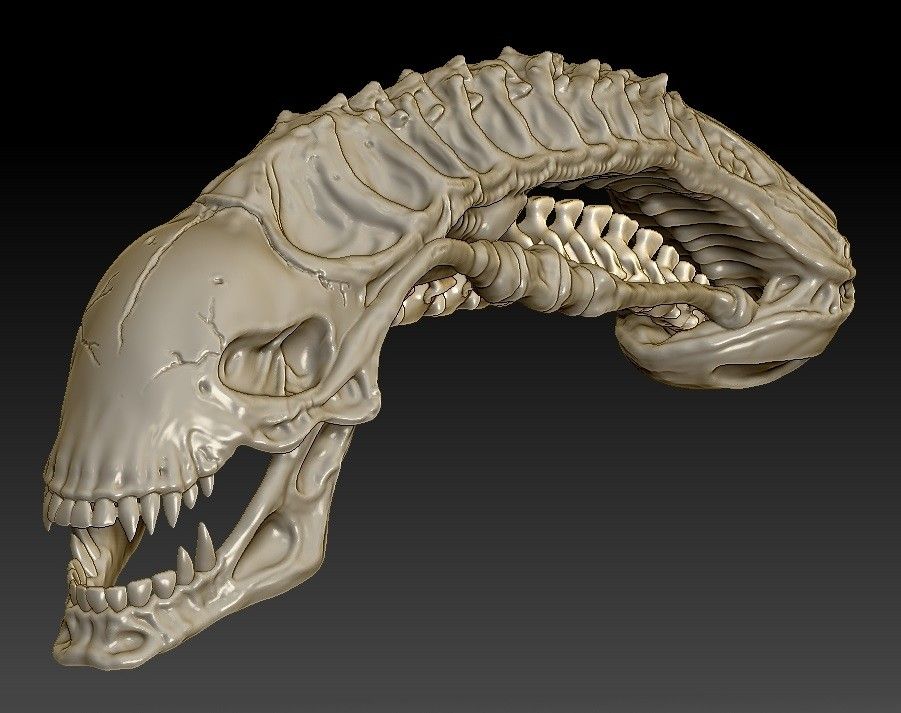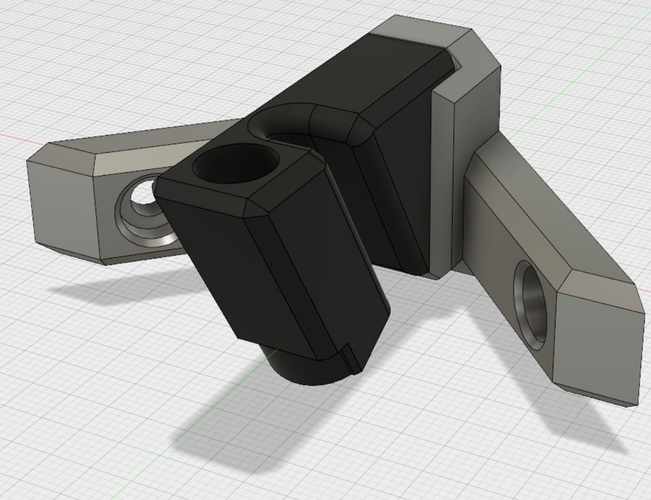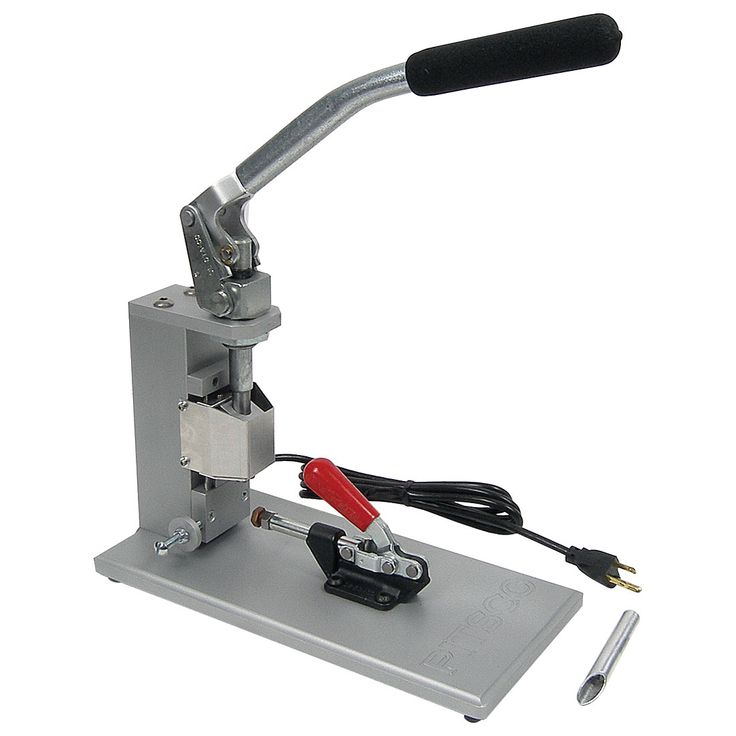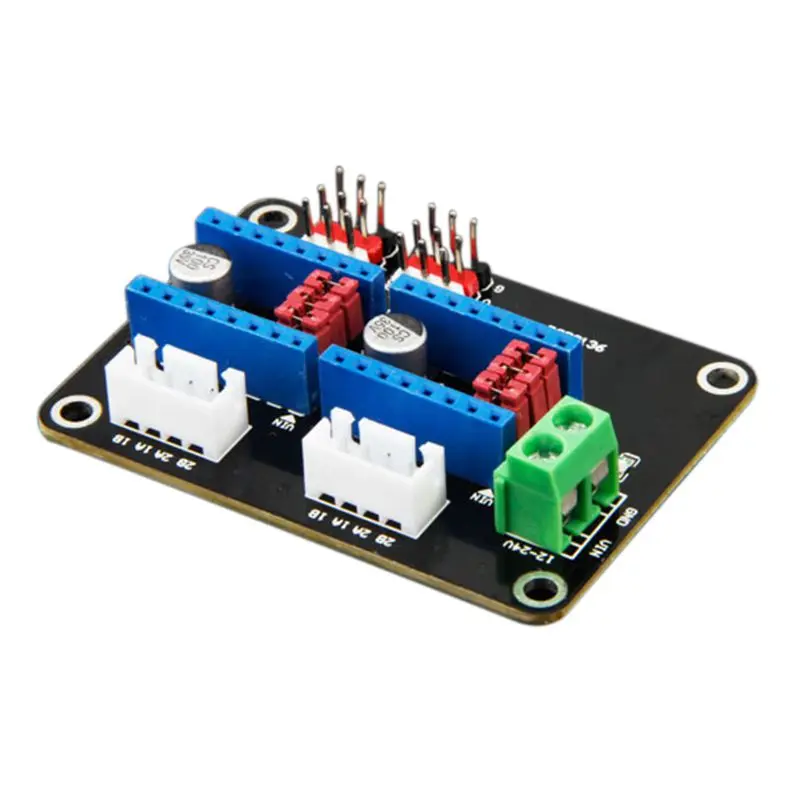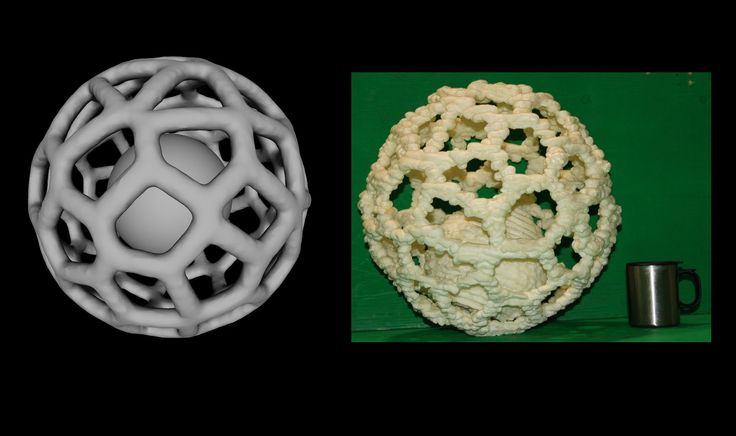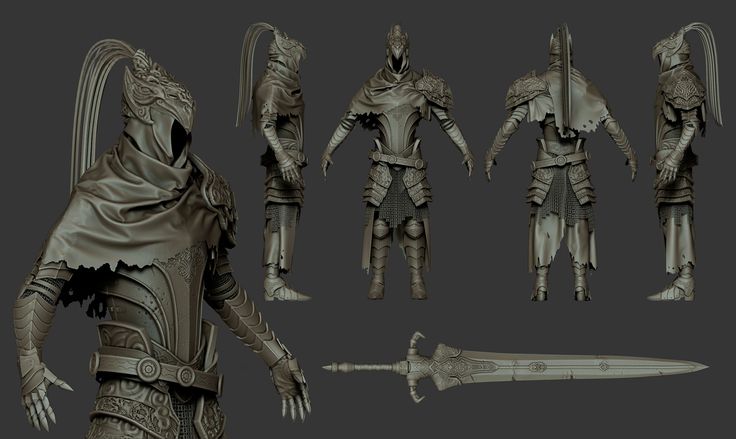Polyjet 3d printers
PolyJet High Resolution 3D Printing Technology
PolyJet 3D Printing Technology
PolyJet technology is renowned for its outstanding realism and breathtaking aesthetics. The technology works similarly to traditional inkjet printing, but instead of jetting ink onto paper, a print head jets liquid photopolymers onto a build tray where each droplet cures in a flash of UV light.
Every PolyJet 3D Printer offers sharp precision, smooth surfaces and ultra-fine details. And, by combining a variety of photopolymers in specific concentrations and microstructures the most sophisticated PolyJet systems can simulate everything from plastics and rubber to human tissue — and produce a full gamut of colors. You can now create prototypes, models, textures, and patterns that are incredibly detailed and with 1000s of material options to choose from you can incorporate diverse material properties and aesthetics.
Synonyms and similar technologies: multijet printing, photopolymer jetting
Multiple materials in a single print
High resolution down to 16-microns
Full-colour with overlays and textures
Over-mold without tooling
How Polyjet Works
Polyjet 3D printing technology works by jetting layers of curable liquid photopolymer onto a build tray.
- Pre-Processing: Preparation software determines the arrangement of photopolymers to be cured and support material from a native 3D CAD file automatically.
- Production: Polyjet printers instantly cure the droplets of liquid photopolymer using UV. Thin layers accrue onto the build tray to create the 3D part(s). Where support is needed, the printer will jet removable support material.
- Support Removal: Material is easily removable by hand, with water or in a solution bath. No post-curing is required as the 3D printed part is ready to handle straight off the build tray.
Advantages
Printed parts with Polyjet technology are smooth, polished and accurately detailed.
- Polished, smooth and detailed prototypes that simulate end use parts.
- Detailed and precise parts such as realistic teeth and gums, implant models, and even maxillofacial models
- Create complex shapes, intricate detail, and delicate features.
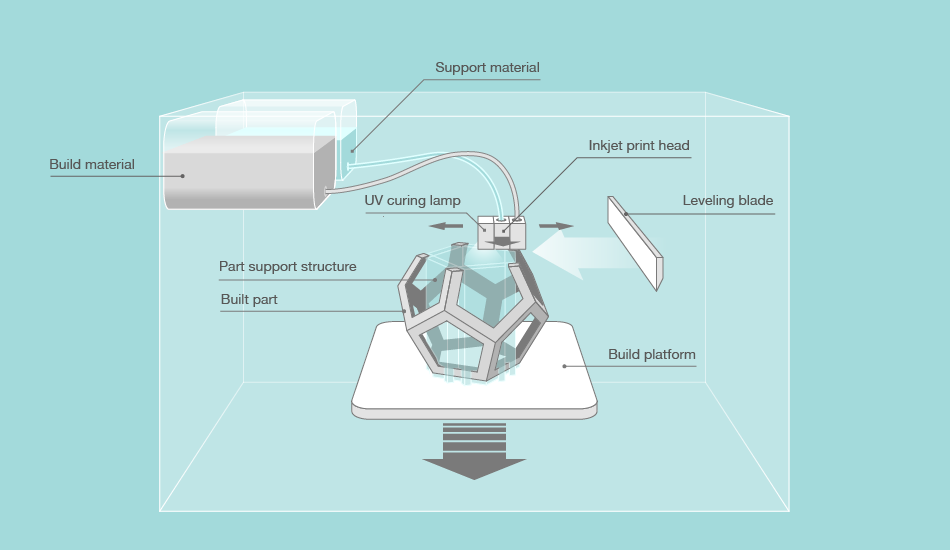
- Integrate a wide variety of materials and colors into individual models for unmatched efficiency.
Materials
PolyJet Technical Specifications
Maximum Accuracy |
Maximum Accuracy0.1-0.3 mm |
Layer Resolution |
Layer Resolution16 microns, or 0.016mm/0.0006"X/Y resolution of 0.0017 |
Minimum Wall Thickness |
Minimum Wall Thickness1mm |
Maximum Part Dimensions (Single Build) |
Maximum Part Dimensions (Single Build)490 x 390 x 200 mm (19.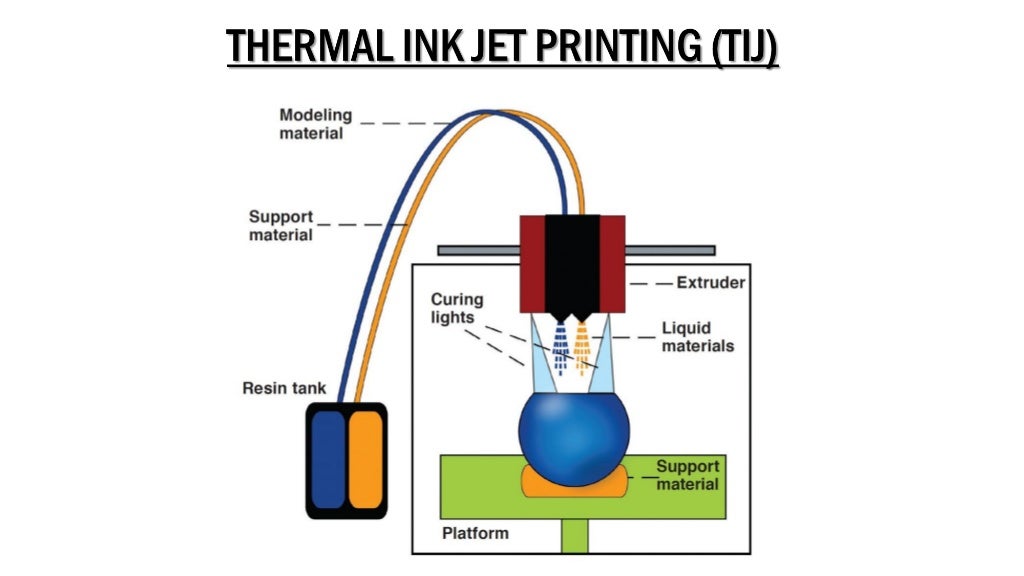 3 x 15.35 x 7.9 in.) 3 x 15.35 x 7.9 in.) |
Shore Hardness Ranges |
Shore Hardness Ranges27A - 95A |
Finishes |
Finishesmatte or glossy, additional finishes available as a service |
Desktop Design Series
Print small, precise models in a single material, right on your desktop.
Design Series
Gain efficiency and design freedom with more material options and hands-free support removal.
-
Objet Eden260VS
-
Objet260 Connex3
Production Series
Bring agility and aesthetics to every stage of product development with the widest range of colors and material properties for prototypes and tooling.
PolyJet 3D Printing | Get Elastomeric 3D-Printed Prototypes
Back
-
Materials
Materials by Service
Injection MoldingCNC Machining3D PrintingSheet Metal
Materials by Type
PlasticsMetalsElastomers
Related Links
Customer Supplied ResinsColors
Injection Molding Material Alternatives Guide
Struggling with thermoplastic material shortages? We created a detailed guide to resin substitutes for ABS, PC, PP, and other commonly molded thermoplastics.
Download
-
Resources
Design Tips Guides and Trend Reports Case Studies Design Aids Webinars and Trade Shows
Blog Videos FAQs Educators and Students Glossary
Industries Medical Aerospace Automotive Consumer Electronics Industrial Equipment
-
About Us
Who We Are Why Protolabs? Research and Development Cool Idea Award Partnerships Sustainability and Social Impact
Careers Investors Locations Press Procurement
Contact Us
Proto Labs, Inc.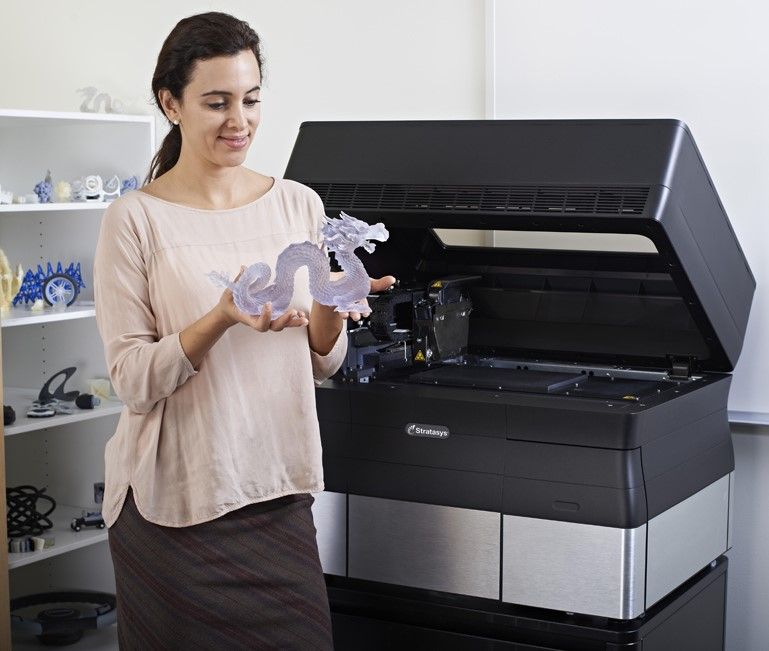
5540 Pioneer Creek Dr.
Maple Plain, MN 55359
United StatesP: 877.479.3680
F: 763.479.2679
E: [email protected]Best-in-Class Online Quoting
After uploading your part design, you'll receive an online quote that includes manufacturing analysis to help improve part manufacturability. Within your quote, you can also adjust quantity and material and see price changes in real-time.
Learn More
Get a QuoteSign In
UPLOAD A PART
Jump to Section→ Capabilities
→ Materials
→ PolyJet 3D Printers
→ About PolyJet 3D Printing
PolyJet is an industrial 3D printing process that builds multi-material prototypes with flexible features and complex parts with intricate geometries in as fast as 1 day. A range of hardnesses (durometers) are available, which work well for components with elastomeric features like gaskets, seals, and housings.
Common applications for PolyJet 3D printing:
- prototyping designs for overmolding or silicone rubber parts
- combining two colors or durometers into a single part
- simulating elastomers or flexible parts
If you have any issues getting your guide, click here to download.
3D Printing Surface Finish Guide
Get this quick reference guide to explore your surface finish options across our six 3D printing technologies.
United States of AmericaAfghanistanÅland IslandsAlbaniaAlgeriaAmerican SamoaAndorraAngolaAnguillaAntarcticaAntigua and BarbudaArgentinaArmeniaArubaAustraliaAustriaAzerbaijanBahamasBahrainBangladeshBarbadosBelarusBelgiumBelizeBeninBermudaBhutanBolivia, Plurinational State ofBonaire, Sint Eustatius and SabaBosnia and HerzegovinaBotswanaBouvet IslandBrazilBritish Indian Ocean TerritoryBrunei DarussalamBulgariaBurkina FasoBurundiCambodiaCameroonCanadaCape VerdeCayman IslandsCentral African RepublicChadChileChinaChristmas IslandCocos (Keeling) IslandsColombiaComorosCongoCongo, the Democratic Republic of theCook IslandsCosta RicaCôte d'IvoireCroatiaCubaCuraçaoCyprusCzech RepublicDenmarkDjiboutiDominicaDominican RepublicEcuadorEgyptEl SalvadorEquatorial GuineaEritreaEstoniaEthiopiaFalkland Islands (Malvinas)Faroe IslandsFijiFinlandFranceFrench GuianaFrench PolynesiaFrench Southern TerritoriesGabonGambiaGeorgiaGermanyGhanaGibraltarGreeceGreenlandGrenadaGuadeloupeGuamGuatemalaGuernseyGuineaGuinea-BissauGuyanaHaitiHeard Island and McDonald IslandsHoly See (Vatican City State)HondurasHong KongHungaryIcelandIndiaIndonesiaIran, Islamic Republic ofIraqIrelandIsle of ManIsraelItalyJamaicaJapanJerseyJordanKazakhstanKenyaKiribatiKorea, Democratic People's Republic ofKorea, Republic ofKuwaitKyrgyzstanLao People's Democratic RepublicLatviaLebanonLesothoLiberiaLibyaLiechtensteinLithuaniaLuxembourgMacaoMacedonia, the Former Yugoslav Republic ofMadagascarMalawiMalaysiaMaldivesMaliMaltaMarshall IslandsMartiniqueMauritaniaMauritiusMayotteMexicoMicronesia, Federated States ofMoldova, Republic ofMonacoMongoliaMontenegroMontserratMoroccoMozambiqueMyanmarNamibiaNauruNepalNetherlandsNew CaledoniaNew ZealandNicaraguaNigerNigeriaNiueNorfolk IslandNorthern Mariana IslandsNorwayOmanPakistanPalauPalestine, State ofPanamaPapua New GuineaParaguayPeruPhilippinesPitcairnPolandPortugalPuerto RicoQatarRéunionRomaniaRussian FederationRwandaSaint BarthélemySaint Helena, Ascension and Tristan da CunhaSaint Kitts and NevisSaint LuciaSaint Martin (French part)Saint Pierre and MiquelonSaint Vincent and the GrenadinesSamoaSan MarinoSao Tome and PrincipeSaudi ArabiaSenegalSerbiaSeychellesSierra LeoneSingaporeSint Maarten (Dutch part)SlovakiaSloveniaSolomon IslandsSomaliaSouth AfricaSouth Georgia and the South Sandwich IslandsSouth SudanSpainSri LankaSudanSuriNameSvalbard and Jan MayenSwazilandSwedenSwitzerlandSyrian Arab RepublicTaiwan, Province of ChinaTajikistanTanzania, United Republic ofThailandTimor-LesteTogoTokelauTongaTrinidad and TobagoTunisiaTurkeyTurkmenistanTurks and Caicos IslandsTuvaluUgandaUkraineUnited Arab EmiratesUnited KingdomUnited States Minor Outlying IslandsUruguayUzbekistanVanuatuVenezuela, Bolivarian Republic ofViet NamVirgin Islands, BritishVirgin Islands, U. S.Wallis and FutunaWestern SaharaYemenZambiaZimbabwe
S.Wallis and FutunaWestern SaharaYemenZambiaZimbabwe
I agree to receive email messages containing service updates and Design Tips from Protolabs and its affiliates
PolyJet Design Guidelines and Capabilities
Our basic guidelines for PolyJet include important design considerations to help improve part manufacturability, enhance cosmetic appearance, and reduce overall production time.
| US | Metric | |
| Maximum Part Size | 19.3 in. x 15.4 in. x 7.9 in. | 490mm x 390mm x 200mm |
| Layer Thickness | 0.00118 in. | 30 microns |
| Minimum Feature Size | 0.012 in. | 0.3mm |
| Minimum Freestanding Wall, Hole, or Channel Size | 0.030 in. | 0.76mm |
Tolerances for PolyJet: For well-designed parts, tolerances of ±0. 005 (0.1mm) for the first inch plus 0.1% of nominal length can typically be achieved. Note that tolerances may change depending on part geometry.
005 (0.1mm) for the first inch plus 0.1% of nominal length can typically be achieved. Note that tolerances may change depending on part geometry.
PolyJet Material Options
PolyJet provides the ability to choose a desired hardness or combine material properties into a single build, which makes it ideal for prototyping overmolding parts. Shore A hardnesses of 30A, 40A, 50A, 60A, 70A, 85A, 95A, and rigid are available in these colors:
- Digital Clear/Translucent
- Digital Black
- Digital White
Compare PolyJet Material Properties
- US
- Metric
| Material | Tensile Tear Strength | Tensile Strength | Elongation |
|---|---|---|---|
| 30A | 85 psi | 399 psi | 245% |
| 40A | 100 psi | 508 psi | 200% |
| 50A | 114 psi | 508 psi | 190% |
| 60A | 121 psi | 580 psi | 160% |
| 70A | 185 psi | 725 psi | 130% |
| 85A | 341 psi | 1,088 psi | 80% |
| 95A | 398 psi | 1,740 psi | 60% |
| Rigid | n/a | 8,702 psi | 17. 5% 5% |
| Material | Tensile Tear Strength | Tensile Strength | Elongation |
|---|---|---|---|
| 30A | 0.59 MPa | 2.75 MPa | 245% |
| 40A | 0.69 MPa | 3.5 MPa | 200% |
| 50A | 0.79 MPa | 3.5 MPa | 190% |
| 60A | 0.83 Mpa | 4.0 Mpa | 160% |
| 70A | 1.28 Mpa | 5.0 Mpa | 130% |
| 85A | 2.35 Mpa | 7.5 Mpa | 80% |
| 95A | 2.74 Mpa | 12.0 Mpa | 60% |
| Rigid | n/a | 60.0 Mpa | 17.5% |
These figures are approximate and dependent on a number of factors, including but not limited to, machine and process parameters. The information provided is therefore not binding and not deemed to be certified. When performance is critical, also consider independent lab testing of additive materials or final parts.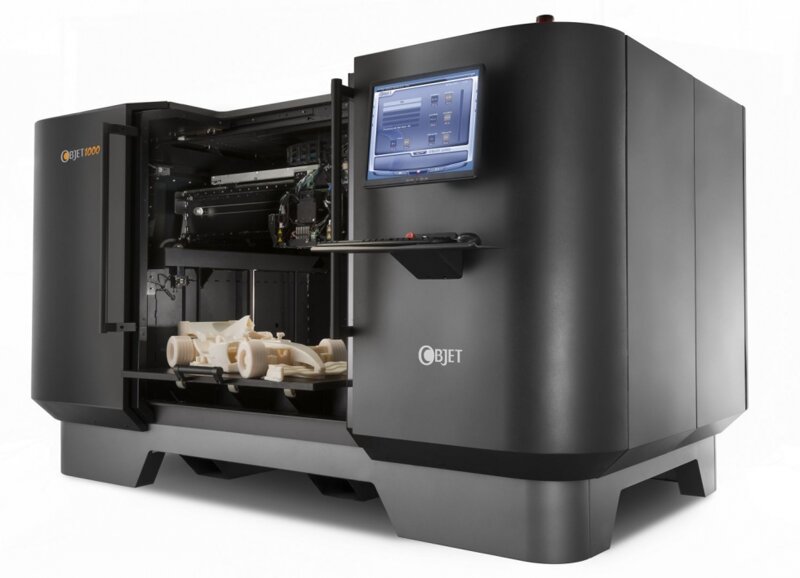
Our PolyJet 3D Printers
We use multiple additive machines that offer large build sizes, accurate parts, and quick production times. Our PolyJet equipment consists of:
- Objet260 Connex3
- Objet350 Connex3
How Does PolyJet 3D Printing Work?
The PolyJet process begins by spraying small droplets of liquid photopolymers in layers that are instantly UV cured. Voxels (three-dimensional pixels) are strategically placed during the build, which allow for the combination of both flexible and rigid photopolymers know as digital materials. Each voxel has a vertical thickness equal to the layer thickness of 30 microns. The fine layers of digital materials accumulate on the build platform to create accurate 3D-printed parts.
Each PolyJet part is completely coated in support material during the build, which ultimately is removed by hand using a pressurized water stream and a chemical solution bath. No post-curing is required after the manufacturing process.
Resources
Exploring Manufacturing Options for Elastomeric Components
What are your material options when designing elastomeric parts for 3D printing and injection molding?
Read Design Tip
What is 3D Printing?
Gain an understanding of additive manufacturing and how it can be leveraged to improve product development through rapid prototyping and production.
Read Guide
Prototyping with PolyJet 3D Printing
Use PolyJet to combine elastomeric and rigid properties together for prototyping two-material components.
Read Design Tip
Post-Printing Automation Accelerates PolyJet Process
Post-printing automation accelerates PolyJet's 3D printing process and improves efficiencies.
Read Blog
Get an instant quote on your 3D printing design.
UPLOAD A PART
PolyJet 3D printing technology
PolyJet is a 3D printing technology based on the layer-by-layer curing of a liquid photopolymer material under the influence of ultraviolet radiation. Used in Stratasys 3D printers.
Used in Stratasys 3D printers.
- The principle of operation
- Advantages
- Examples of print
- Select 3D printer
- Principle of operation
- Advantages 9000
- Seal
- Select 3D printer
What is better to print: product prototypes, test models, burnt-out master models, silicone casting samples.
Advantages: high surface quality, accuracy, construction speed, washable support.
Alternative: MJM technology (also based on UV illumination of photopolymer material).
What is better to print: product prototypes, test models, burnt master models, silicone casting samples. nine0003
Advantages: high surface quality, accuracy, construction speed, washable support.
Alternative: MJM technology (also based on UV illumination of photopolymer material).
How it works
The 3D printer print unit sprays the model material and support material in thin layers (16/30 µm) according to the data of the 3D mathematical model. Each layer is polymerized by ultraviolet light immediately after application. The result is an object that does not require any additional surface treatment. A model printed using PolyJet technology can be used immediately after the printing process is completed. nine0003
Each layer is polymerized by ultraviolet light immediately after application. The result is an object that does not require any additional surface treatment. A model printed using PolyJet technology can be used immediately after the printing process is completed. nine0003
How it works
The 3D printer print unit sprays the model material and support material in thin layers (16/30 µm) according to the data of the 3D mathematical model. Each layer is polymerized by ultraviolet light immediately after application. The result is an object that does not require any additional surface treatment. A model printed using PolyJet technology can be used immediately after the printing process is completed.
Technology Benefits
Accuracy and detail of finished products
PolyJet technology provides a high accuracy of construction in 0.02-0.085 mm for objects up to 50 mm in size. For objects larger than 50 mm, the construction accuracy varies from 0. 1 to 0.2 mm. Printing accuracy depends on the geometry of the model, the parameters of its construction and orientation, as well as the material used.
1 to 0.2 mm. Printing accuracy depends on the geometry of the model, the parameters of its construction and orientation, as well as the material used.
Large selection of materials with different properties
PolyJet grown objects have different properties depending on the material used. Materials differ from each other in mechanical, thermal, electrical and chemical characteristics. The FullCure line of PolyJet printing media offers a choice of rigid, flexible, translucent, transparent, and certified biocompatible media. nine0003
Soluble support material
In the process of building complex products, various cavities, overhanging structures are often present. To prevent their collapse, all voids under such elements are filled with a special material - support material. In addition, such material serves as additional insurance when printing thin walls and complex structures. FullCure705 Support is a versatile model support material that can be easily removed with water in an ObjetWaterJet flush station. nine0003
nine0003
Benefits of technology
Accuracy and detail of finished products
PolyJet technology provides a high accuracy of construction in 0.02-0.085 mm for objects up to 50 mm in size. For objects larger than 50 mm, the construction accuracy varies from 0.1 to 0.2 mm. Printing accuracy depends on the geometry of the model, the parameters of its construction and orientation, as well as the material used.
Large selection of materials with different properties
PolyJet grown objects have different properties depending on the material used. Materials differ from each other in mechanical, thermal, electrical and chemical characteristics. The FullCure line of PolyJet printing media offers a choice of rigid, flexible, translucent, transparent, and certified biocompatible media. nine0003
Soluble support material
In the process of building complex products, various cavities, overhanging structures are often present. To prevent their collapse, all voids under such elements are filled with a special material - support material. In addition, such material serves as additional insurance when printing thin walls and complex structures. FullCure705 Support is a versatile model support material that can be easily removed with water in an ObjetWaterJet flush station. nine0003
To prevent their collapse, all voids under such elements are filled with a special material - support material. In addition, such material serves as additional insurance when printing thin walls and complex structures. FullCure705 Support is a versatile model support material that can be easily removed with water in an ObjetWaterJet flush station. nine0003
3D printers operating using Polyjet
Stratasys J35 Pro
Stratasys J555 Prime
StratASS J35 9000 9000
STRATASIS J5559 PREME Photopolymer 3D printing
Your city: Moscow
Right?
× Choose the city closest to you:
Moscow Saint Petersburg Vladivostok Novosibirsk Ekaterinburg Kazan Nizhny Novgorod Chelyabinsk Omsk Rostov-on-Don Samara Krasnoyarsk Voronezh Perm
Volgograd Krasnodar Saratov Tyumen Tolyatti Izhevsk Barnaul Ulyanovsk Irkutsk Khabarovsk Makhachkala Yaroslavl
▼ Show more
Deselect
PolyJet - Stereolithography (SLA) - An additive manufacturing technology similar to inkjet printing, but instead of inkjet on paper, PolyJet 3D printers emit streams of liquid photopolymer that forms layers on the build tray. A 3D printer applies and fixes small portions of a liquid photopolymer using UV radiation. Thin layers are laid down sequentially in the build tray and form one or more 3D models or parts. If support is required for certain parts, the 3D printer applies a removable support material. Auxiliary material is easily removed by hand, water or in a special solvent. Models and parts are ready to use immediately upon removal from the 3D printer, no additional photopolymerization is required. nine0003
A 3D printer applies and fixes small portions of a liquid photopolymer using UV radiation. Thin layers are laid down sequentially in the build tray and form one or more 3D models or parts. If support is required for certain parts, the 3D printer applies a removable support material. Auxiliary material is easily removed by hand, water or in a special solvent. Models and parts are ready to use immediately upon removal from the 3D printer, no additional photopolymerization is required. nine0003
PolyJet technology enables high precision manufacturing, and the ability to use different materials makes prototypes as close to the final product as possible.
SLA is the first 3D printing technology - it was patented back in 1986. When parts with very high precision or a smooth surface are required, SLA is the most cost-effective 3D printing technology.
Main advantages of PolyJet technology:
- High precision and detail
- Surface smoothness - ideal for prototyping
- Full spectrum CMYK color palette
- Possibility to combine materials
Recommended Equipment
- 3D Equipment
- Consumables
3D Equipment
Consumables
Application for 3D scanning
I have read the Privacy Policy and agree to the processing of my personal data.


